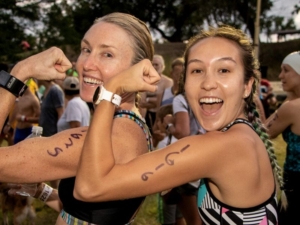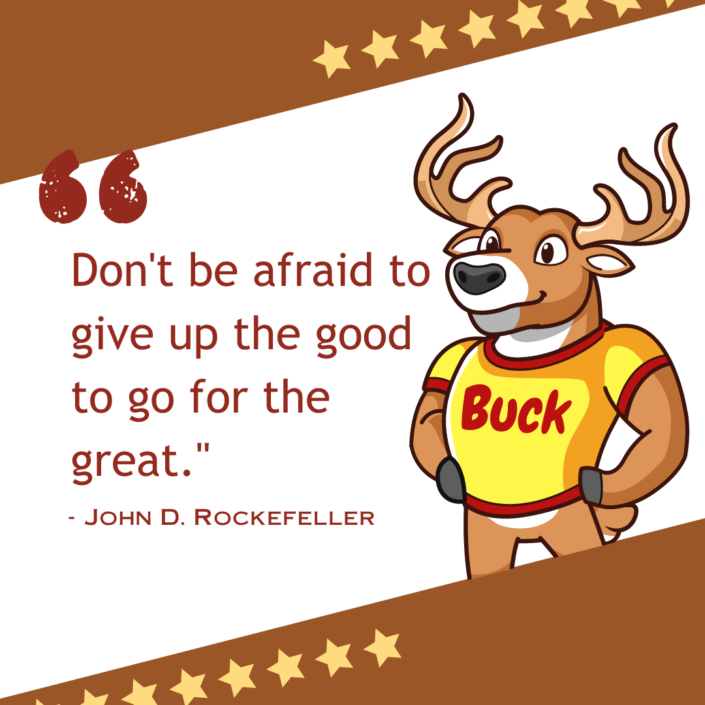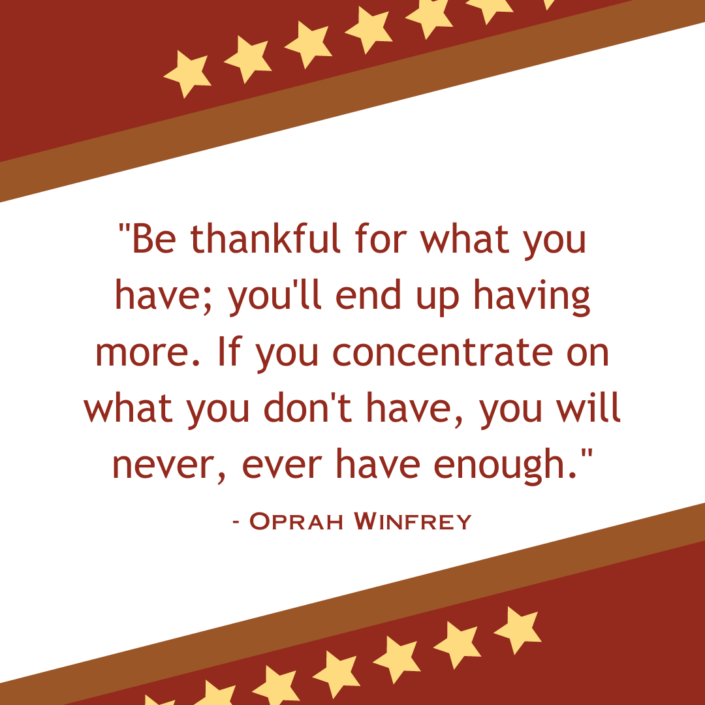What are the different triathlon distances? We cover the basics to help you choose the right one for you
A triathlon is a sports event that rewards your grit, stamina, and endurance. It is a comprehensive competition which includes swimming, cycling, and running. A triathlon is obviously challenging, but you can do well with proper training and a positive mentality.
When you hear triathlon, you might think of mass swims and endurance professionals racing in a full distance triathlon – Ironman – which involves a 2.4 mile swim and 112-mile bike ride before culminating in a 26.2 marathon run. It is a common misconception that is all triathlons can be.
In fact, there are many different triathlon distances, with most of them being very beginner-friendly.
An important factor that determines its difficulty is the distance to be covered. Knowing the distance implications of various triathlons helps you choose the right one for yourself and prepare for it accordingly. Let us look at different triathlon distances.
Super sprint
Super sprint triathlon is a shorter distance sprint triathlon. This distance event usually covers a total distance usually of about 8 miles (3 km). It is perfect for those who want a taste of what triathlon is all about. The distance breakup can vary greatly in this distance but is usually is 300 to 500 m of swimming, 10 km (6.2 miles) of cycling, and 2-3 miles of running. Despite being considered a beginner’s triathlon because of the short distance, it can be just as tough for veterans that want to see their max speed.
Sprint
For beginners who have some previous experience and want to take it up a notch, a sprint triathlon is a logical progression after a super sprint. This is one of the most popular distances for triathlons. This distance can vary greatly as well. So be sure to check the specifics when researching triathlons in your area. A sprint triathlon is usually about a total of 15-25 miles. An example of a sprint triathlon distance is a 500m Swim, 14.5 mile Bike, 5 Km Run.
Taking part in a sprint triathlon is a great way to check how your training is going when you are training for a longer distance. Participating in a sprint 6-4 months before an Olympic or Half Distance is a great way to practice and test your race tactics.
Standard/International/Quarter/ Olympic
The name gives away the increased difficulty that comes with this triathlon. This event distance took on the name Olympic after triathlon joined the Olympic Games in 2000. With an overall distance of around 32 miles (51.5 km), this triathlon requires you to exhibit a higher endurance level. It comprises 1500 m (0.9 mile) of swimming, 40 km (24.8 miles) of cycling, followed by 10 km (6.2 miles) of running.
Training for an Olympic takes significantly more time and planning. There are usually race cut off times at these events, meaning knowing your pace is very important.
Half Distance/ 70.3
Half distance triathlons have become increasingly popular over the years. This 70.3 mile-long strenuous physical course involves covering 1930 m (1.2 miles) in water, 90 km (56 miles) on the bike, and 21 km (13.1 miles) on foot.
Racing a half distance is very obtainable with a structured training program. Half distances can take up to 8.5 hours to complete. Athletes racing in these longer distance events should also pay attention to on-course support and have a nutrition plan. A 70.3 distance is great for athletes that want to focus on endurance over speed. Just like with moving up from a sprint to Olympic, racing a half distance as part of your full distance training is a great idea.
Full Distance
If half distance is not enough for you, you can double the distance by participating in a full distance triathlon. This is commonly associated with the Ironman brand but there are tons of awesome events that offer a full distance triathlon. Covering 140.6 miles (a little over 226 km), a full iron triathlon is extremely tough, even for veterans. It requires you to swim for 3900 m (2.4 miles), cycle for 180 km (112 miles), and run for 42.2 km (26.2 miles).
Athletes racing the 140.6 distance should invest in more specialized equipment like a triathlon bike and potentially a wetsuit. The training regimen for a full distance is much longer and requires a dedicated schedule.
Ultra
From double triathlon to decuple triathlon, every version that exceeds full distance triathlon falls in the ultra category. These triathlons can stretch over a number of days. The most-demanding forms of triathlon fall in this group.
These distances can be seen as milestones for you to reach over your triathlon career. Choosing the most suitable distance, as per your ability and experience, can prove crucial to how you perform in the competition. Make sure to pick a distance that doesn’t push you too much and that you can enjoy it.

” for any chain issues.







 Making memories
Making memories
 Cycling. Cycling is built for fueling. You have bottle cages on your bike, the right choice in your race clothing will have pockets for holding gels and other forms of nutrition. There are also tons of other equipment you can add to your bike to pretty much carry as much as you want. One key is to use the
Cycling. Cycling is built for fueling. You have bottle cages on your bike, the right choice in your race clothing will have pockets for holding gels and other forms of nutrition. There are also tons of other equipment you can add to your bike to pretty much carry as much as you want. One key is to use the 









